Caminho de Salamanca - Amarante - Portugal is Beautiful
Hello everyone and welcome to my blog :-)
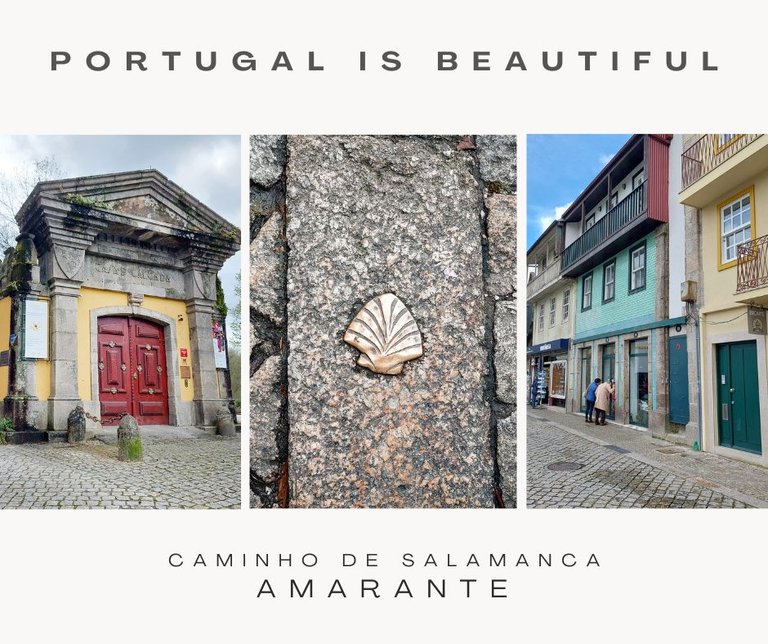
We continue through Amarante :-)
The streets of the city center are full of restaurants, cafes and local shops.
On the day of the visit, almost everything was closed, but I can say that we already had the opportunity to have lunch in one of the restaurants next to the river and everything was delicious. We went to Zé da Calçada and if you pass by, be sure to try it. Enjoy the views from the balcony facing the river, choose the food you like most and a good bottle of wine.
PT
Seguimos por Amarante :-)
As ruas do centro da cidade estão repletas de restaurantes, cafés e comércio local.
Ao dia da visita quase tudo fechado, mas posso dizer que já tivemos oportunidade de almoçar num dos restaurantes junto ao rio e tudo estava delicioso. Fomos ao Zé da Calçada e se por aqui passarem não deixem de experimentar. Aproveitem as vistas da varanda virada para o rio, escolham a comida que mais gostam e uma boa garrafa de vinho.

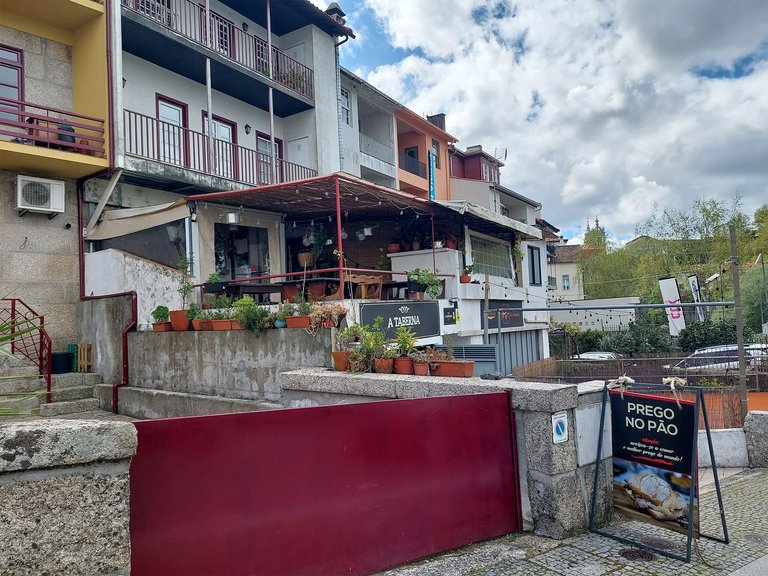


Amarante is also very famous for its conventional sweets, but there is one that is well known for its phallic appearance.
Legend has it that whoever pulls the cord around the waist of the statue of Saint Gonçalo located inside the church will find a husband within a year (especially older women).
This marriage practice is closely related to phallic sweets, iconic symbols associated with invocations and ceremonies to find a groom. The origin of this "tradition" remains shrouded in mystery, however, it raises some concern among young maidens.
In addition to all this, we also find the marks of the Salamanca path.
PT
Amarante é também muito famosa pelos seus doces convencionais , mas existe um é bastante reconhecido pelo seu aspeto fálico.
Reza a lenda quem puxar o cordão que está na cintura da estatua de São Gonçalo que se encontra dentro da igreja ,encontrará marido no prazo de um ano (pricipalmente as mulheres mais velhas).
Esta prática matrimonial está estreitamente relacionada com os doces fálicos, símbolos icónicos associados às invocações e cerimónias para encontrar um noivo. A origem desta "tradição" permanece envolta em mistério, porém, suscita alguma inquietação nas jovens donzelas.
Para além de tudo isto aqui encontramos também as marcas do caminho de Salamanca.
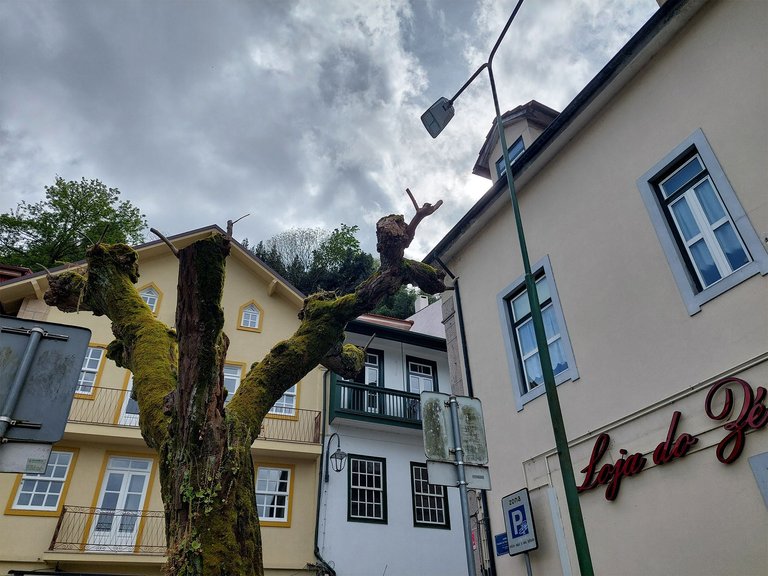
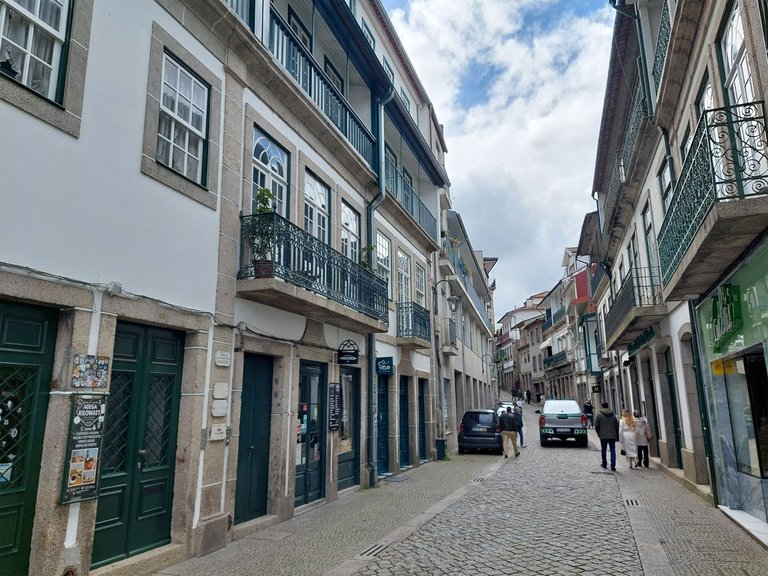
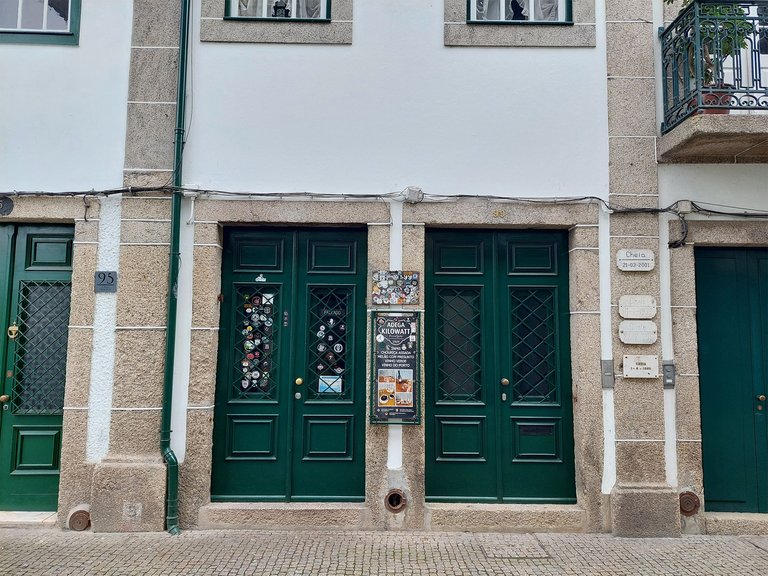
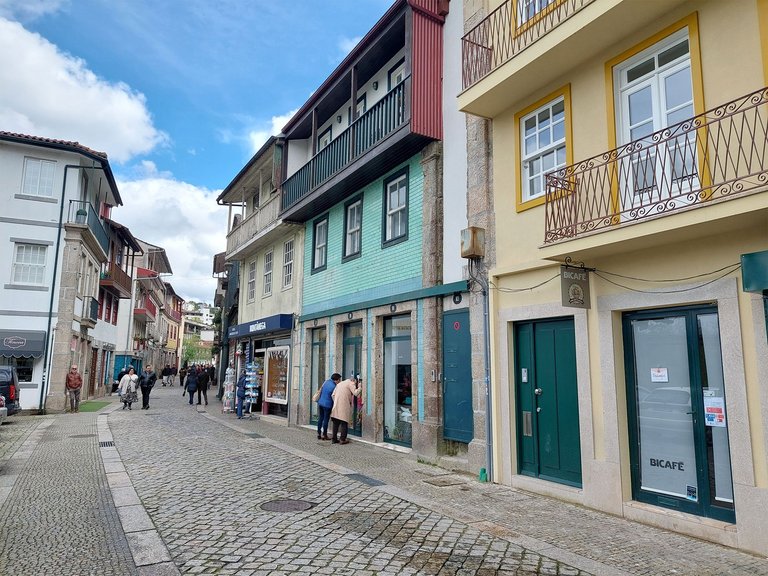

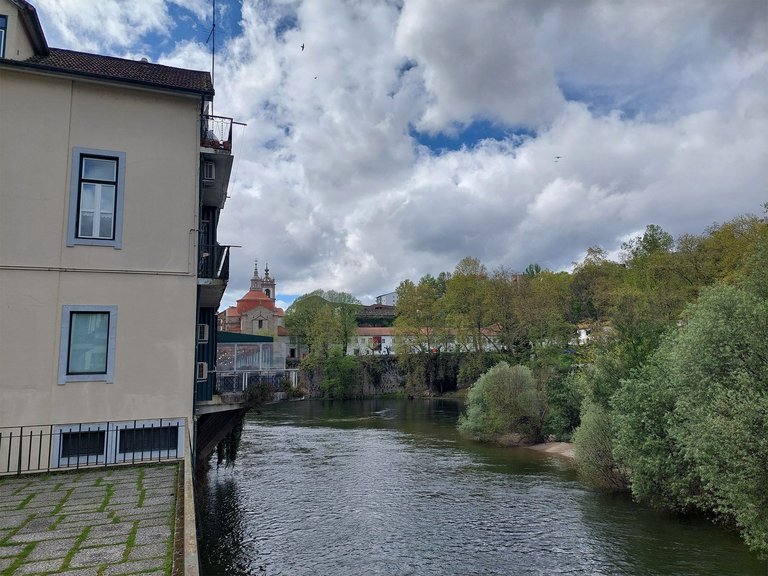
The Torres Route, which connects Salamanca to Santiago de Compostela, crossing Amarante, extends for approximately 600 kilometers and was divided into 24 stages, designed to be covered over 24 days. It represents a remarkable opportunity to overcome barriers, as the pilgrim immerses himself in nature and inner reflection.
PT
O Roteiro de Torres, que une Salamanca a Santiago de Compostela, atravessando Amarante, estende-se por aproximadamente 600 quilómetros e foi dividido em 24 etapas, concebidas para serem percorridas ao longo de 24 dias. Representa uma oportunidade notável para superar barreiras, enquanto o peregrino se imerge na natureza e na reflexão interior.
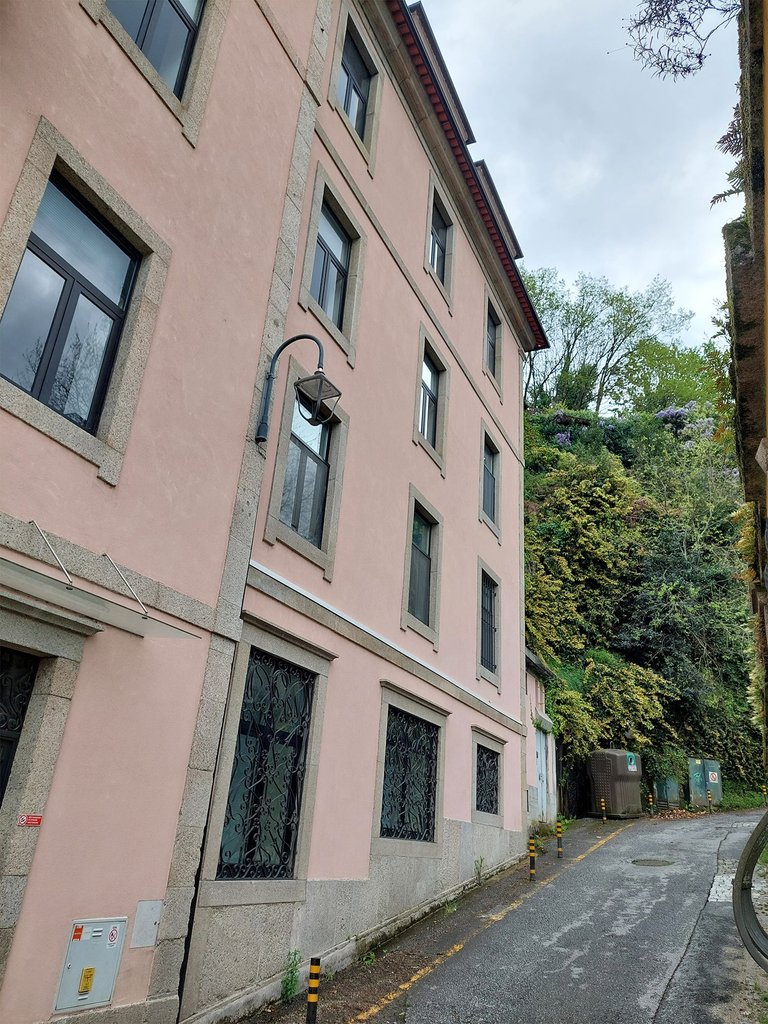
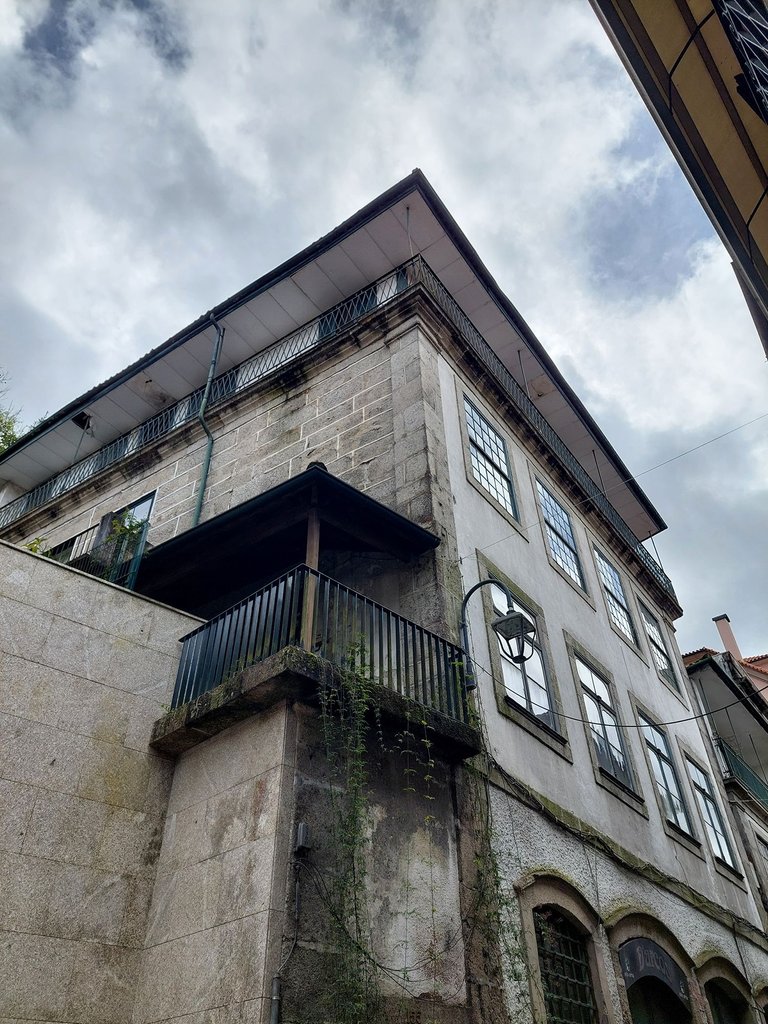
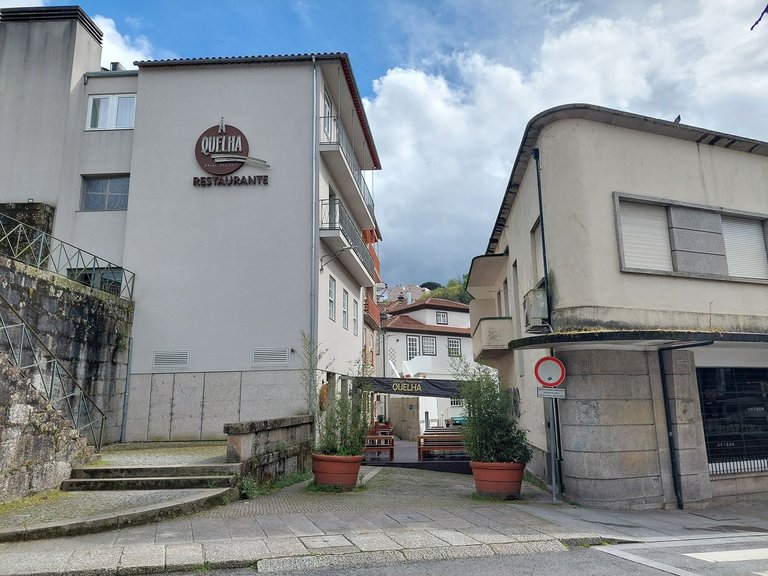
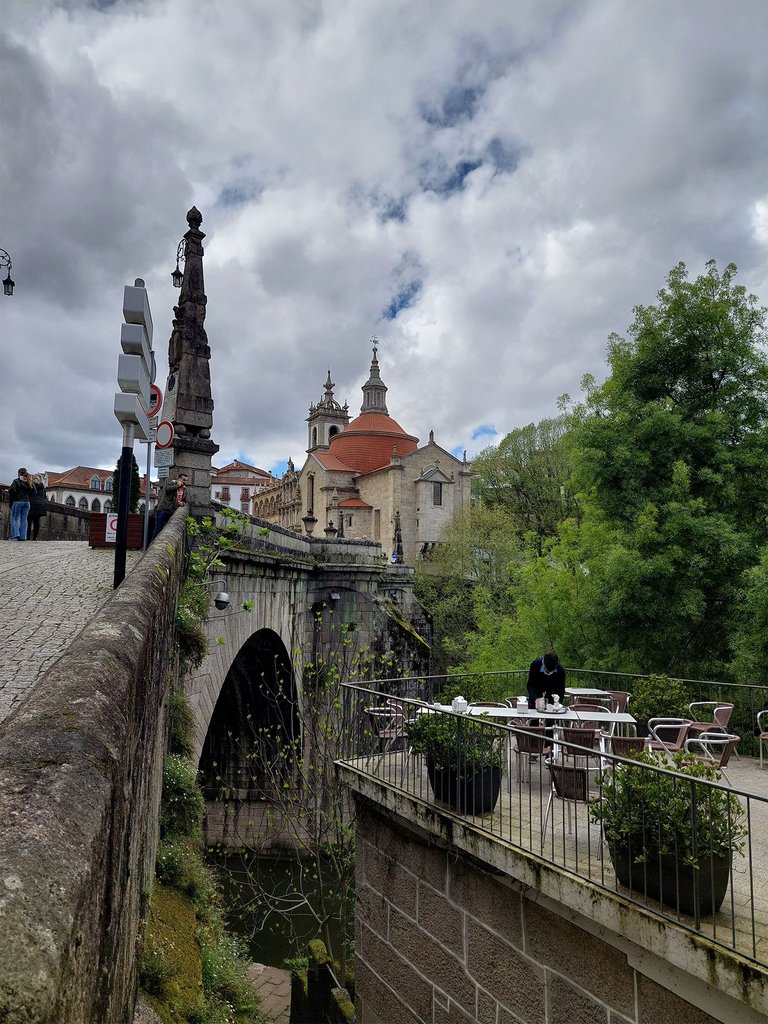

The Torres Route, which pays homage to the illustrious pilgrim Diego de Torres Villarroel, is one of the four Jacobean routes outlined in Portugal (Caminho da Costa, Caminho do Interior, Caminho Central, Caminho de Torres), crossing three municipalities in the Central Region and 15 in the North region. More than two hundred and fifty years later, Luís António Quintales reinterpreted Torres' reports, conceiving a Camino de Santiago adapted to the demands of contemporary Jacobean pilgrimages.
PT
O Roteiro de Torres, que homenageia o ilustre peregrino Diego de Torres Villarroel , constitui um dos quatro percursos jacobeus delineados em Portugal (Caminho da Costa, Caminho do Interior, Caminho Central, Caminho de Torres), atravessando três municípios da Região Centro e 15 da Região Norte. Mais de duzentos e cinquenta anos depois, Luís António Quintales reinterpretou os relatos de Torres, concebendo um Caminho de Santiago adaptado às exigências das peregrinações jacobeias contemporâneas.
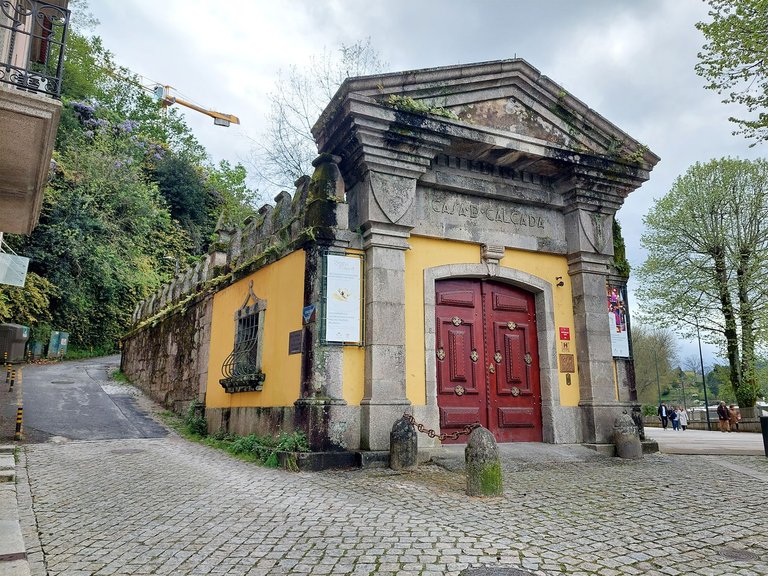
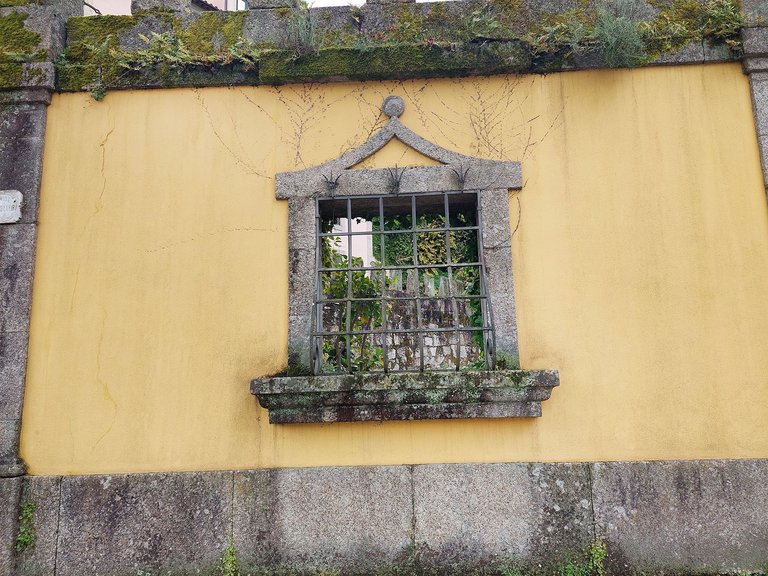
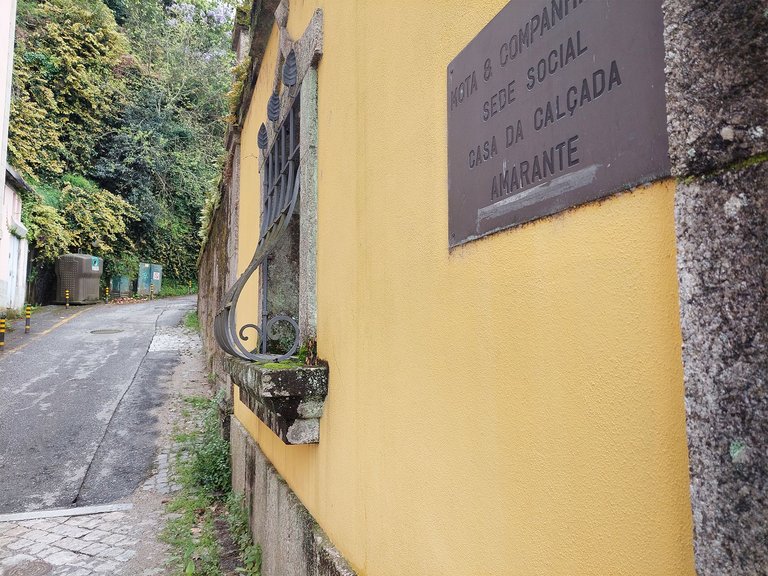
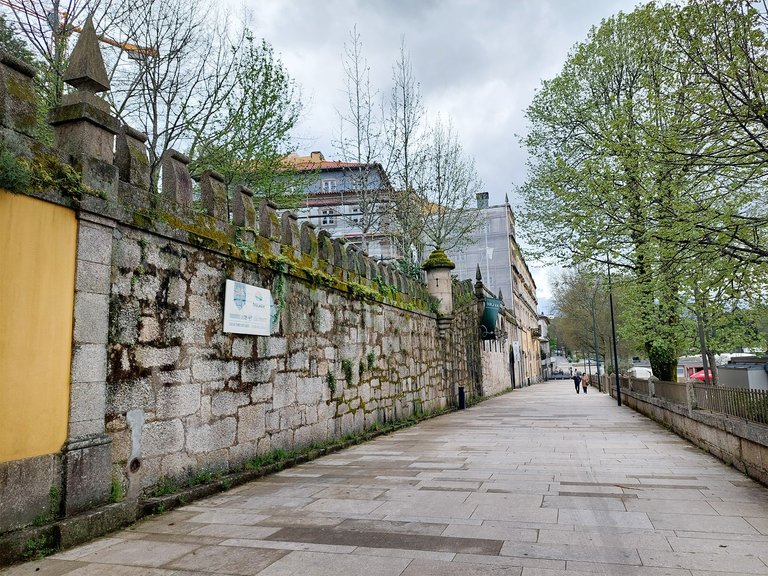
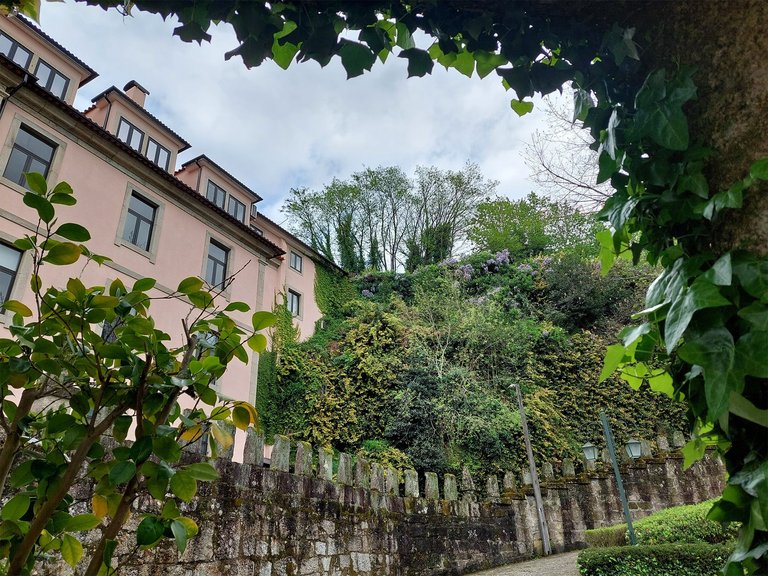
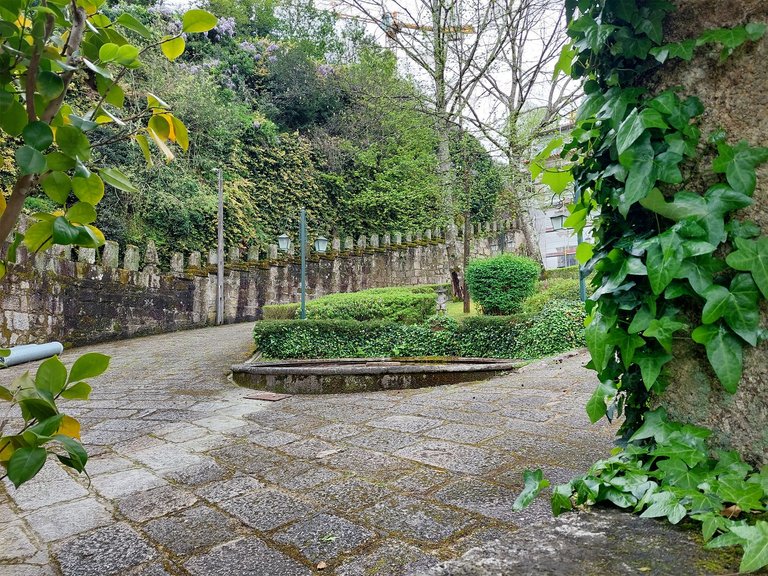
The Torres Route connects villages of relevant significance to the medieval Jacobean imagination, such as Lamego, Amarante, Guimarães, Braga and Ponte de Lima.
Tomorrow I will end our visit here.
PT
O Roteiro de Torres conecta vilas de significado relevante para o imaginário medieval jacobeu, tais como Lamego, Amarante, Guimarães, Braga e Ponte de Lima.
Amanha finalizo a nossa visita por aqui.
I hope you enjoyed.
See you around.
Wishing you much peace and health
Those who pass by us do not go alone. They leave a bit of themselves, taking a piece of us."
Author: Antoine de Saint-Exupery, The Little Prince.

Looks like a beautiful peaceful place. Im living im Galicia Spain, since some years. And visit portugal is a task on my travel list. Thank you for sharing with us 🫶
Hi there @neshk. Thank you so much for your kind words, and I am glad you like it 😉
Congratulations, your post has been added to Pinmapple! 🎉🥳🍍
Did you know you have your own profile map?
And every post has their own map too!
Want to have your post on the map too?